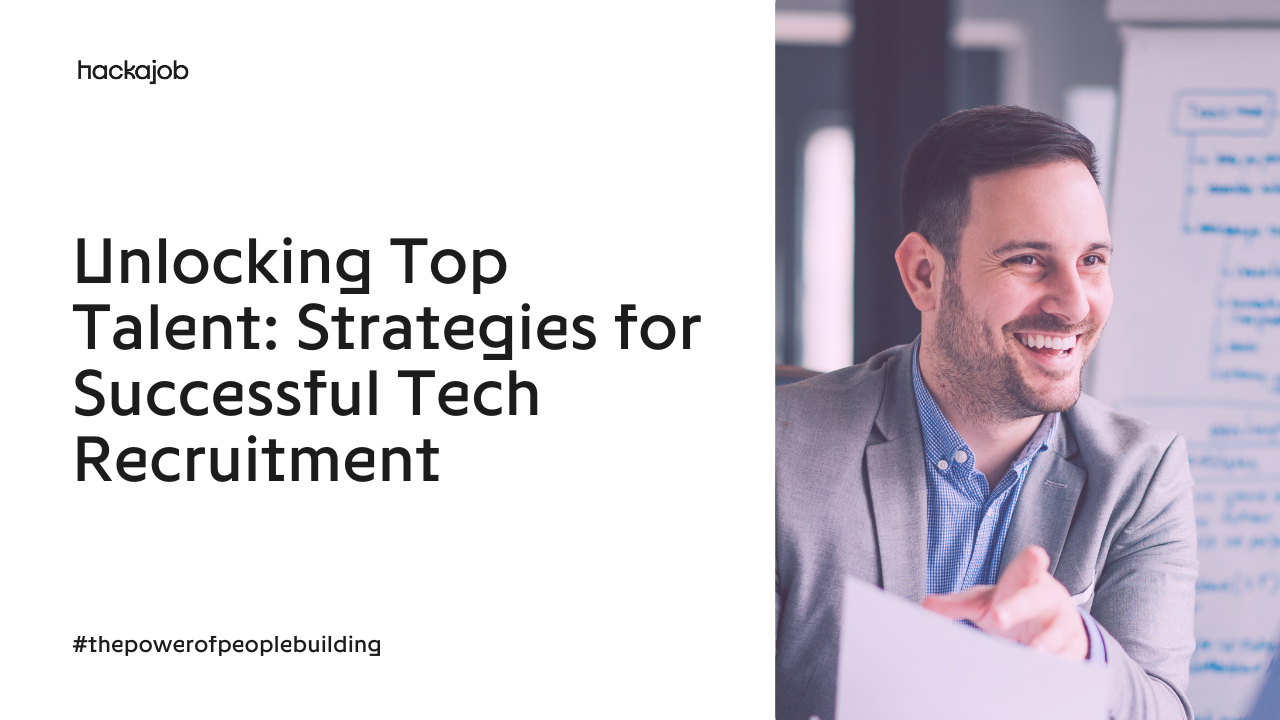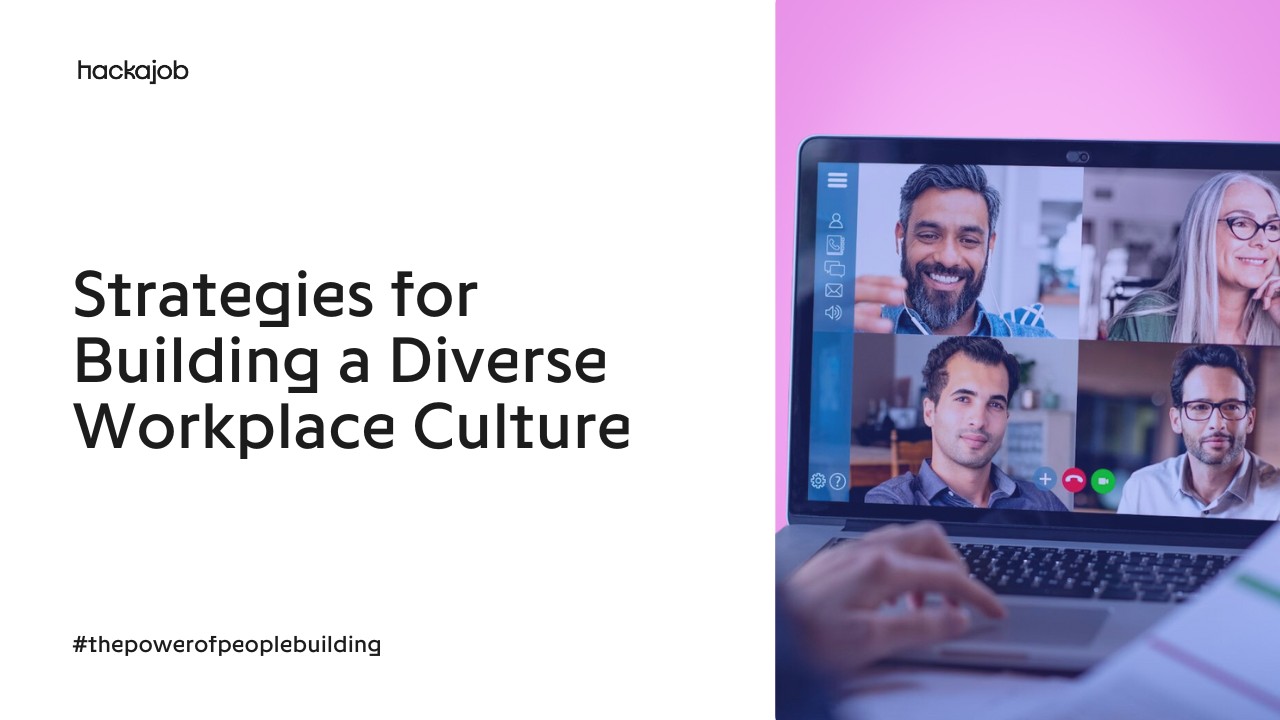Remote hiring isn’t new. Organisations have been successfully finding and hiring great candidates remotely for years, but never before has the entire global workforce been thrown so abruptly into relying on fully remote processes. COVID-19 has required recruiters to rely more heavily on technology, lean on stronger communication, and to incorporate better, more predictive ways to assess candidates.
Screening candidates through quick video calls before meeting them in person is a fairly standard practise. But what about when you are forced to make the entire hiring process virtual? How can you ensure that your hiring is successful when you only meet candidates online?
As companies get used to distributed teams working across multiple cities, countries and timezones, the opportunity to hire remote or home-based talent has never been greater. With tools for video conferencing, messaging and collaborative working available for all (and most, for free), there’s never been a better time to tap into the remote working talent pool.
What we’re doing at hackajob
Something that we’re really proud of at hackajobHQ is our latest product; DualCode. Enabling you to assess candidate competency with ease, DualCode is a remote pair programming tool, specifically designed for technical talent.
Supporting both front end and back end languages, you can use DualCode to test technical talent across a wide variety of roles including software development, engineering and more.
In fact, you can choose to create and write your own unit tests, or select one from our custom library. Our Head of Engineering recommends using our blank IDE to go over any initial concepts with the candidate, THEN selecting a challenge from our library to judge overall code competency.
What’s more, we’re really excited to announce that DualCode is free for anyone who needs it. At this time, it’s more important than ever that we join forces and help one another out, which is why DualCode is completely free, no matter whether you’re a hackajob customer or not.
How can we explain the virtual hiring process to candidates, especially to those who are less tech-savvy?
Even for people who are familiar with technology, video interviews can be a bit intimidating if people are used to being in an office setting. That’s why getting them comfortable with the remote hiring process is essentialStart by making it clear that you’ll connect through video. Share some simple guidelines, explain how they’ll join the call or how they’ll record their answers and help them set up their equipment. Don’t forget to share the video link and any additional information with the candidate beforehand, and we also recommend getting them to test their video and microphone before joining the call with you. We’ve created a handy guide that you can use specifically for remote interviewing here.
Our top Remote Hiring tips
- Develop your video interviewing skills
- Consider making the hiring process slightly longer
- Double check the links you've sent
- Make sure you are in an appropriate setting
- Add an assessment stage
- Make sure your microphone and video works
What to do once you've successfully hired?
Managed to hire the perfect remote candidate? Now the real engagement starts. You should always aim to ‘over-communicate’ during a remote onboarding process, and that means lots of virtual meetings and conversations. Your new employee will need objectives that are crystal clear, as soon as possible, too. Aim to review progress regularly during the onboarding period and always ask for feedback - this is absolutely crucial to help you improve your hiring experience. Finally, remember to ensure that all points of communication are hassle-free, from technical support to general admin tasks. Don’t be afraid to get creative by sending gifts and messages from the wider team (as well as your CEO) to make your new remote hires feel welcome!
Like what you’ve read? Make sure to check out our previous article on mental health in the workplace.





